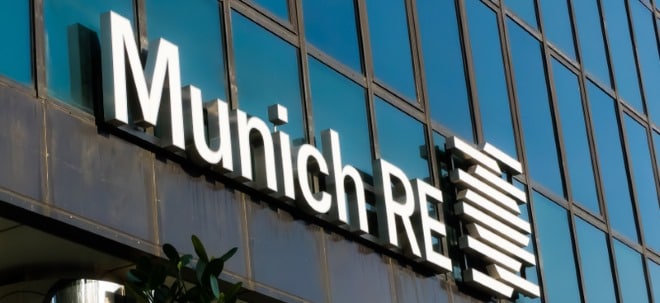New Research from Incheon National University Reveals the Key to Road Safety
New study demonstrates pedestrian and roadside facilities—modifiable during maintenance—reduce crashes more effectively than fixed geometric road design attributes
INCHEON, South Korea, May 13, 2025 /PRNewswire/ -- Road traffic crashes remain a significant global issue, with over 1.19 million fatalities and millions more injured annually. The World Health Organization (WHO) has set a target to halve these deaths and injuries by 2030, emphasizing the need for a holistic approach to road safety. While road design improvements, such as pedestrian crossings, are critical in enhancing safety, understanding the complex interactions between road attributes and traffic conditions is often overlooked.
To address this gap, researchers from Incheon National University, led by Assistant Professor Wookjae Yang, conducted a study examining how different road design elements and traffic conditions interact to affect the likelihood of crashes. Using data from a 68-kilometer segment of a national highway in South Korea, the team applied principal component analysis (PCA) and piecewise structural equation modeling (PSEM) to examine both direct and indirect effects of road attributes on two major crash types: head-on and run-off crashes. This study was made available online on February 20, 2025, and published in Volume 93 of Journal of Safety Research on July 1, 2025.
The team categorized road attributes into three principal components: PC1 (pedestrian and roadside facilities), PC2 (cross-section and intersection conditions), and PC3 (road surface and curvature conditions). "Unlike prior studies that treated traffic speed and volume as static control variables, our study considered them as mediating factors—highlighting how road conditions affect crashes not just directly but also through their influence on traffic behavior," explains Dr. Yang.
The results showed that PC1 had the most substantial direct effect on crash outcomes, particularly for run-off crashes. "Elements such as sidewalks, street lighting, and pedestrian crossings—which are comparably easier to modify during maintenance—proved more influential in reducing crashes than fixed geometric elements established at the design stage," adds Dr. Yang. Inadequate pedestrian and roadside facilities were associated with higher vehicle speeds, indirectly increasing the likelihood of both crash types.
In contrast, PC2 and PC3, which include design features such as intersections, lane width, and curvature, did not show significant direct effects on crash frequency. Researchers suggest this may be due to the relatively uniform standards followed in national highway segments, leaving limited variation in these features across the study sample. However, both components did exert indirect effects through speed and volume, reinforcing the idea that safety outcomes are shaped by the interaction of multiple factors rather than any single design attribute.
The study offers practical implications for transportation agencies and policymakers. It suggests that road safety strategies should prioritize modifiable operational features, such as pedestrian infrastructure and roadside objects, which can be adjusted post-construction to improve safety. Furthermore, refining global road assessment tools such as International Road Assessment Programme's (iRAP) to separate fixed geometric features from alterable operational elements may lead to more targeted and cost-effective safety interventions.
Overall, these findings contribute to a more nuanced understanding of crash dynamics and emphasize the value of context-sensitive design and maintenance approaches. "By demonstrating the mediating role of traffic volume and speed, and highlighting the stronger influence of pedestrian and roadside facilities over fixed design features, the study offers actionable insights for more effective road safety interventions," concludes Dr. Yang.
Reference
Title of original paper: Direct and indirect effects of road attributes on traffic safety
Journal: Journal of Safety Research
DOI: 10.1016/j.jsr.2025.02.017
About Incheon National University
Website: https://www.inu.ac.kr/sites/inuengl/index.do?epTicket=LOG
Media Contact:
Hanna Kim
82-32 - 835 - 9325
![]() View original content to download multimedia:https://www.prnewswire.com/news-releases/new-research-from-incheon-national-university-reveals-the-key-to-road-safety-302452399.html
View original content to download multimedia:https://www.prnewswire.com/news-releases/new-research-from-incheon-national-university-reveals-the-key-to-road-safety-302452399.html
SOURCE Incheon National University

